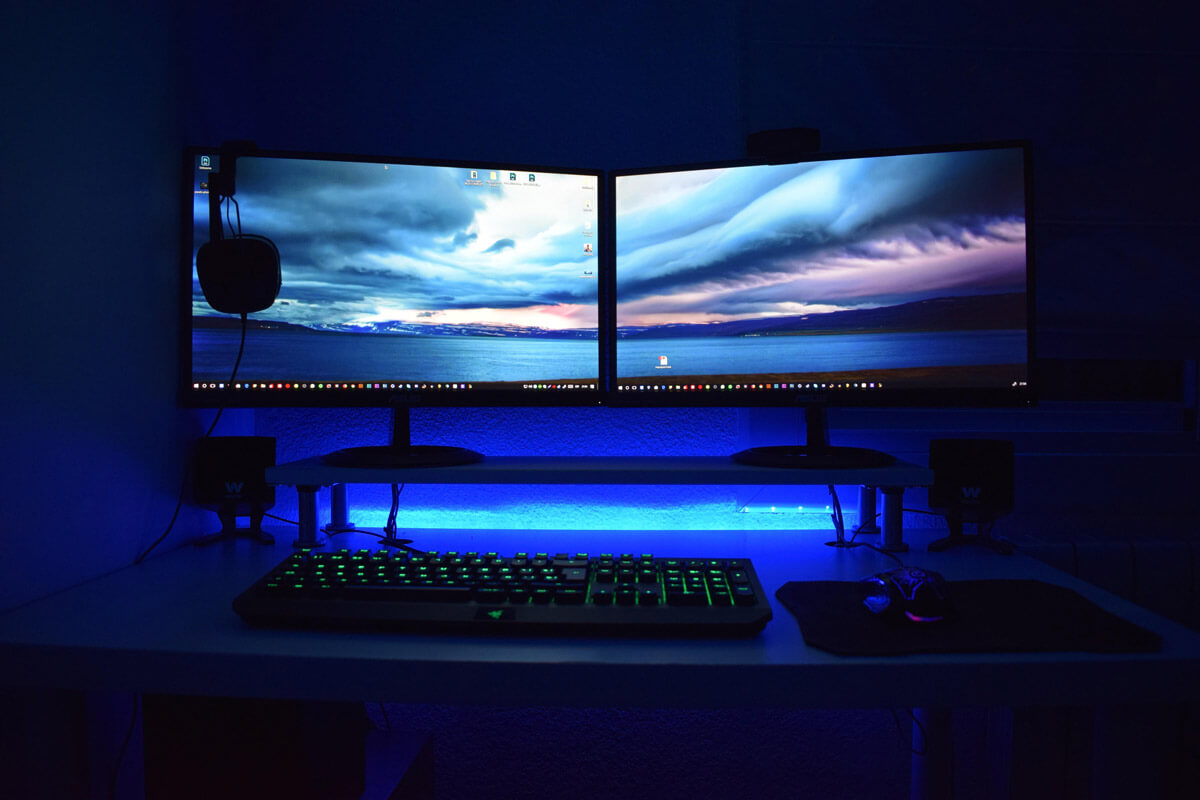This article will cover ten essential web design tips that will help you transform your old and boring website into something new and improved to contemporary trends. A professional website in 2022 must be:
#1: Planned!
When looking at a website, it's easy to spot areas that could use some improvement. You might be wondering how best to improve these deficiencies for your personal site. First, review your website as a customer. A well-thought plan is vital that anything functions well. We have a few tips for getting the most out of this process and making sure every inch on-site serves its intended purpose so visitors can find what they need quickly without confusion. The first step in tackling any site issues would include brainstorming strategies to assist customers from the first click to the last purchase step.#2: Clear!
Your website should reflect your company's values and ensure that users can easily navigate and understand their needs for success. For example, if you're trying to convey professionalism, avoid using complex animations or long content; instead, make it simple with "stocky" images (less is more). Designing around these three Ps - personality, purposefulness & simplicity will ease keeping up with a set of consistent brand guidelines and maintain customers engaged on your site.#3: Testified!
If your online shopping attitude gets along with the other online shoppers, you already know your customers will opt toward products with mainly four to five-star reviews from people who wrote about their experiences with the item. By reading these reviews, we gain confidence in the development, knowing that it will deliver on its promises and fulfill our demands. It works the same for your website. According to studies, users are 58 percent more likely to buy your product if they see compelling testimonials from real people. But, how can you make these testimonials visually appealing and functional? There are a few options available to you. However, it would be best to decide whether you want a text or video testimonial. Video testimonials were the most effective in the past as compared to text. It usually happens because the website holds your user's attention for more extended periods and helps establish a stronger human connection by allowing them to hear voices and see real people's faces.#4: Use the right images!
We always recommend using original photography on your website, but you can employ techniques to select the appropriate stock photo if that isn't possible. While stock photos save you time by eliminating the need to create your imagery, many websites use cliched imagery. You'll also notice that many other websites may be using the same imagery, hurting your credibility. According to the study, users will "unconsciously project their negative experiences onto these stock photos, reducing trust and increasing friction in the conversion process," according to the survey. So, when looking for stock photos, try to avoid the cheesy ones such as those of high fiving with exaggerated smiles, groups of suited people jumping in the air, and much more.#5: Easy-to-navigate!
Navigation is crucial when creating a website. It's essentially a map that shows the most critical places that users can visit. An easy-to-navigate website will direct effortlessly your new visitors where they can get information about services, products, blogs, and how to purchase online. The easier the navigation, the higher level of purchases, sales, and revenue. Nothing is more prompt to push visitors to click somewhere else than a disorganized website. Overcrowding your navigation, using vague or confusing hypertext, and lacking organization can make it difficult for your visitors, risking a decrease in your sales. Users have no reason to stay on your site if they can't find what they need. Instead, they will almost certainly leave and seek a competitor who provides a superior user experience.#6: Scrollable!
At the first websites, marketers aimed at short web pages to avoid users not scrolling, so people were forced to cram as much information as possible into the most common screen size. Those days, however, are long gone. According to a 2018 study by the Nielsen Norman Group, the first two screenfuls of a website page, up to 2160px horizontally, accounted for 74% of total viewing time.As a result, there's no reason to be hesitant about creating a stronger below-the-fold experience. Try to benefit at the maximum of your homepage space.#7: White-spaced!
Whitespace is an important design element that helps break up the page and make it more readable. It is broadly considered "negative space" since it refers to the empty spaces around elements on a page. But, it is significant for a better view of the content or visual elements.Whitespace is vital in the design strategy in organizing the site's elements. Less whitespace can dictate which parts are supposed to be related to one another due to their proximity. In contrast, more whitespaces can dictate which sections are separate and guide the eye.
#8: Optimized!
It's noteworthy to optimize your site for mobile devices. If you didn't know, 80% of users would own a smartphone. Based on Google's latest reviews, 61% of users won't click again to a mobile site that took a long time loading or had trouble accessing, and 40% visit a competitor's site instead."But it's about more than just being visually responsive. Customizing your website to meet the needs and desires of your visitors is a must. Consider why someone would visit my site on a mobile device. Is my background allowing them to do those things with ease right now?




